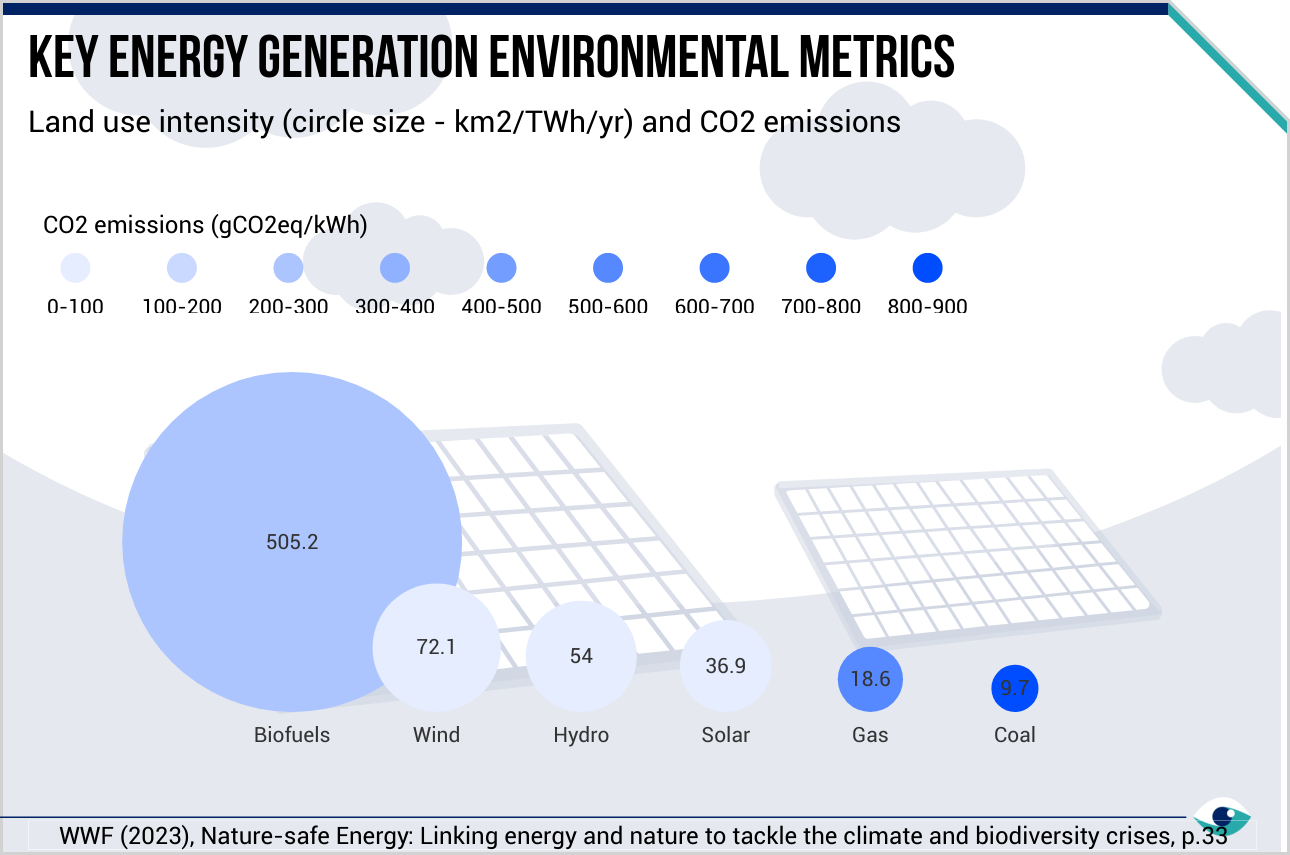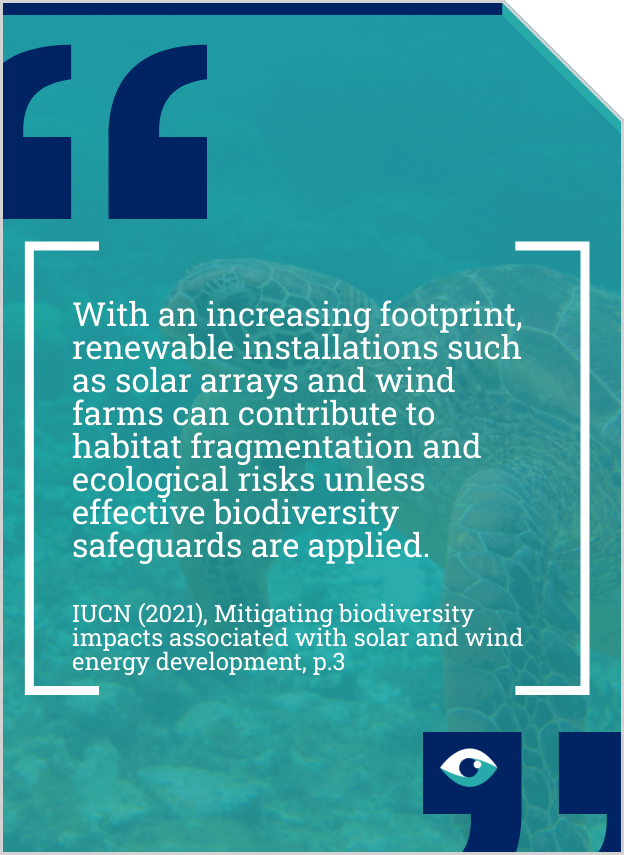A surge in renewable energy developments worldwide has highlighted the balance between expanding clean energy and safeguarding biodiversity. With growing footprints, installations like solar arrays and wind farms can lead to habitat fragmentation unless biodiversity safeguards are applied, as land requirements per energy unit for renewables are often higher than for traditional sources. Recognising these impacts, renewable energy firms must integrate biodiversity into project planning, consider collaborative land use models and engage with data collecting, impact monitoring and industry-wide biodiversity goals.

To build or preserve: biodiversity in renewables
Land use changes in renewables demand careful planning to minimise emissions, protect habitats and support sustainable biodiversity goals
Planet: Environmental impacts
Renewables
Publication date: 14 Nov 2024
By James Bartlett
AT A GLANCE
Renewable energy’s land-intensive expansion risks fragmenting habitats and biodiversity, particularly in sensitive areas.
Aligning with SASB and GRI standards, companies must integrate biodiversity management to mitigate impacts and prevent habitat disruption.
Biodiversity-driven planning will be essential to sustainable growth in renewables and ecosystem resilience.
Biodiversity in project plans
Renewable projects face biodiversity risks from land and sea use, as high land requirements can disrupt ecosystems, making planning essential to mitigate impacts. For instance, bioenergy sourced from crops demands extensive land, often leading to habitat fragmentation unless sited on agricultural land already in use. Transmission lines and supporting infrastructure further amplify risks, introducing collision hazards and barrier effects. Including these factors in impact assessments is vital for balanced development.
Collaborative land-use models
Collaborative land-use models offer one solution, enhancing land productivity and minimising biodiversity impacts. Co-locating renewable projects with agricultural land reduces environmental strain while supporting dual land use. Solar installations on modified landscapes, like those in California, optimise land use without encroaching on high-biodiversity sites. Repowering wind farms by relocating turbines from high-risk areas also significantly lowers bird and bat collision rates.

Data and impact monitoring
Comprehensive biodiversity data collection and impact monitoring are critical in ecologically sensitive areas, supporting management aligned with international conservation standards. Pre-construction and ongoing monitoring enable renewable developers to make evidence-based decisions that minimise disruptions to habitats. Brookfield, for instance, integrates biodiversity data collection using IUCN data, systematically assessing impacts across sensitive areas in line with SASB standards.

Biodiversity goals
Industry-wide biodiversity commitments, supported by life-cycle assessments and best technologies, are essential for guiding renewables towards minimising ecosystem disruption. European policies encourage renewable developers to adopt nature-friendly practices, promoting technologies and site choices that support biodiversity. Such approaches align with legal obligations, like those under the Victoria Flora and Fauna Guarantee Act, ensuring biodiversity protection in development planning.
FURTHER READING
- Nature-safe energy (WWF)
- Renewables & biodiversity (RE-Alliance and the Energy Charter)
- Nature-positive renewables (EEB)
